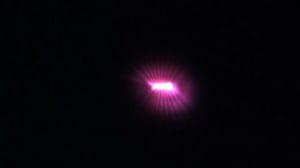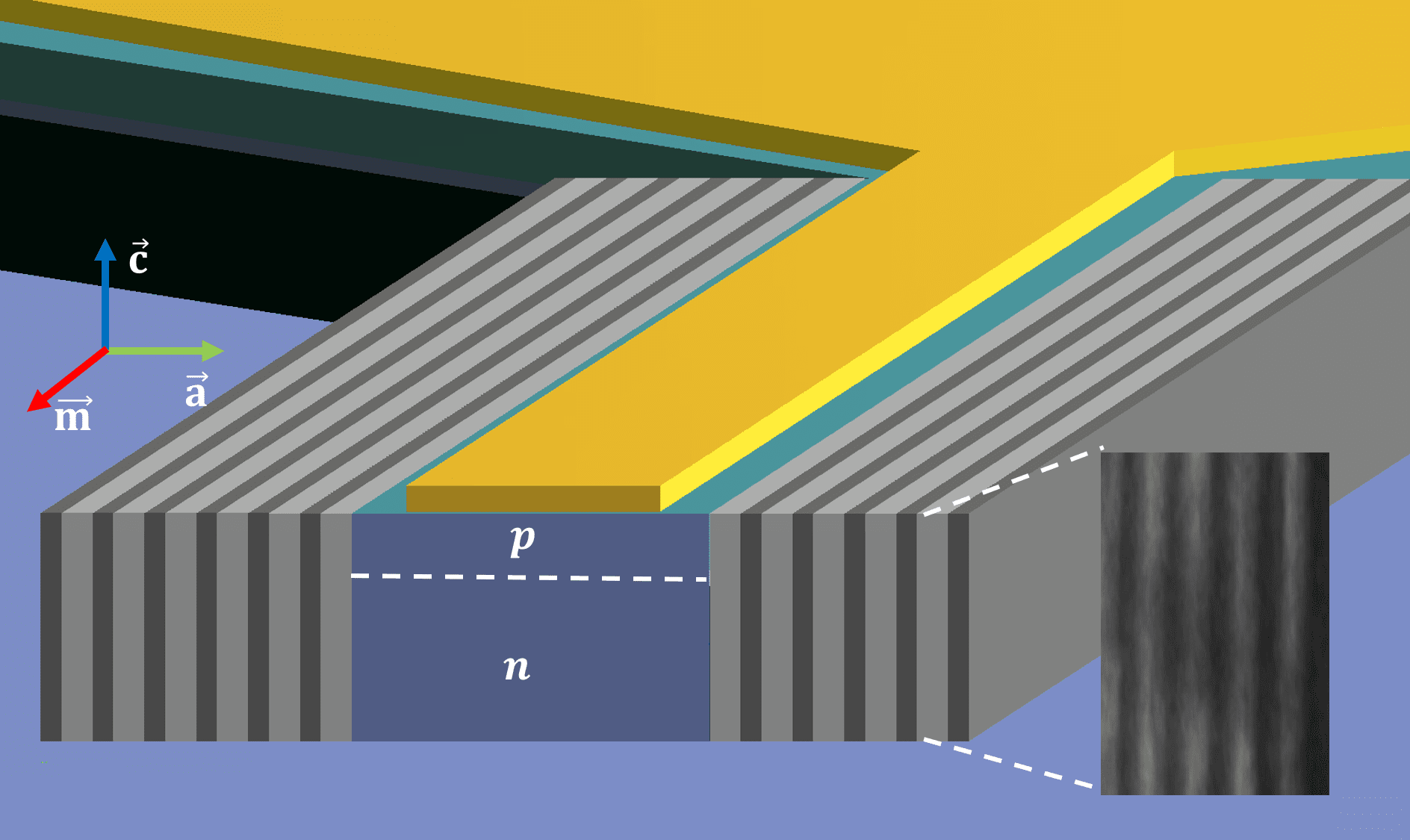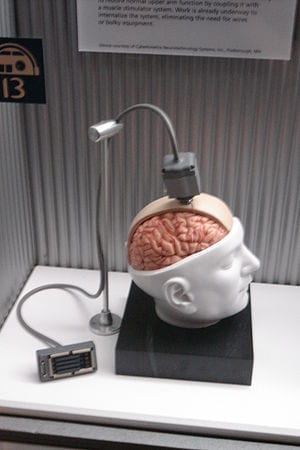
A research breakthrough in Canberra may lead to faster, lighter and cheaper computers within 15 years.
A team of researchers at the Australian National University Research School of Physics and Engineering have made the first room-temperature lasers from nanowires.
PhD student Dhruv Saxena says laser technology is not used in electronics currently on the market.
“The wires and lasers will lead to much faster, much lighter computers because light travels much faster than electrons, allowing us to process data much faster,” he said.
“The lasers in use at the moment often require a lot of processing steps to produce a nice cavity and mirrors in order to emit laser light.”
Mr Saxena says it is a hot topic that has been widely researched over the past decade.
“The field is moving very fast and this is a global issue because making computers smaller and smaller is not going to work,” he said.
“We have to think of new designs for future computers that will continue this technological revolution of increased computing power, faster and lighter and slimmer devices.”
Nanowires ‘grown’ in a lab
The nanowires are only several billionths of a metre in diameter and are less bulky than existing electric technology.
Australian Research Council Super Science Fellow Sudha Mokkapati says the wires are “grown” in the lab.
“We have a substrate covered in gold particles which acts as catalysts or seeds,” she said.
“We provide gases containing gallium and arsenic and raise the temperature of the substrate up to 750 degrees Celsius.”
At those extremely high temperatures, the elements react and nanowires start growing.
“The ends of the nanowire are like tiny mirrors that bounce light back and forth along the wire and the gallium arsenide amplifies it,” Ms Mokkapati said.
“After a certain threshold, we get laser light.”
Room temperature milestone
The Latest Google Headlines on:
Room-temperature lasers
[google_news title=”” keyword=”room-temperature lasers” num_posts=”10″ blurb_length=”0″ show_thumb=”left”]
The Latest Bing News on:
Room-temperature lasers
- 30 Unique Engraved Gifts for a Personalized Touchon May 2, 2024 at 1:42 am
Read this Bob Vila gift guide to see the best and more unique engraved gift ideas for every kind of recipient.
- Intel Inside Ohioon May 1, 2024 at 10:00 am
The stagnating chipmaker is attempting a comeback with massive spending on new factories and lots of help from the Biden administration.
- Max Planck develops method to speed up spectroscopic analysison April 29, 2024 at 5:00 pm
Ultrafast laser spectroscopy allows the ascertainment of dynamics over extremely short time scales, making it a very useful tool in many scientific and industrial applications. A major disadvantage is ...
- Ivory-scanning lasers used to illuminate the illegal elephant in the roomon April 29, 2024 at 5:00 pm
Scientists can now use lasers to differentiate between the two materials, hopefully reducing the revenue stream for poachers. In order to protect dwindling elephant populations, the international ...
- iBuyPower Scale RDY PC Review: The Minimum You Need for Great Gamingon April 29, 2024 at 2:40 pm
If Conan the Barbarian was a desktop gaming PC enthusiast, and you asked him what is best in life, his answer would probably be the standard “crush those framerates… see the pixels driven before ...
- Hydride research pushes frontiers of practical, accessible superconductivityon April 29, 2024 at 9:02 am
Science is taking a step forward in the quest for superconductors that will not require ultra-high pressure to function, thanks to multinational research led by Xiaojia Chen at the University of ...
- Highly precise atomic clocks could soon get even better. Here's howon April 29, 2024 at 3:00 am
"State-of-the-art atomic clocks are now so precise they are sensitive to gravity," Bohr said. "There are proposals that if we have atomic clocks that are portable and precise enough, we can place them ...
- Unlocking New Potentials: Halting Light in Photonic Crystals Offers Photonic Device Innovationon April 29, 2024 at 12:03 am
Advanced technologies in photonic devices such as LED displays, fiber-optics, sensors, and lasers could see a significant leap forward thanks to innovative ways of manipulating light, including ...
- Laser light makes a material magneticon April 26, 2024 at 6:59 am
By applying laser light that is both circularly polarized – that is, its polarization traces out a corkscrew-like shape as it propagates – and resonant with the frequency of atomic oscillations within ...
- The best soft coolers for chilling out in 2024on April 22, 2024 at 1:00 pm
It's a hard life, but we tested soft coolers on beach days and camping trips to help you know which keeps food and beverages coldest longest.
The Latest Google Headlines on:
Room-temperature lasers from nanowires
[google_news title=”” keyword=”Room-temperature lasers from nanowires” num_posts=”10″ blurb_length=”0″ show_thumb=”left”]
The Latest Bing News on:
Room-temperature lasers from nanowires
- Scientists Use Lasers to Induce Magnetism at Room Temperature, Defying Conventional Quantum Limitson April 15, 2024 at 6:56 am
The potential of quantum technology is huge but is today largely limited to the extremely cold environments of laboratories. Now, researchers at Stockholm University, at the Nordic Institute for Theor ...











